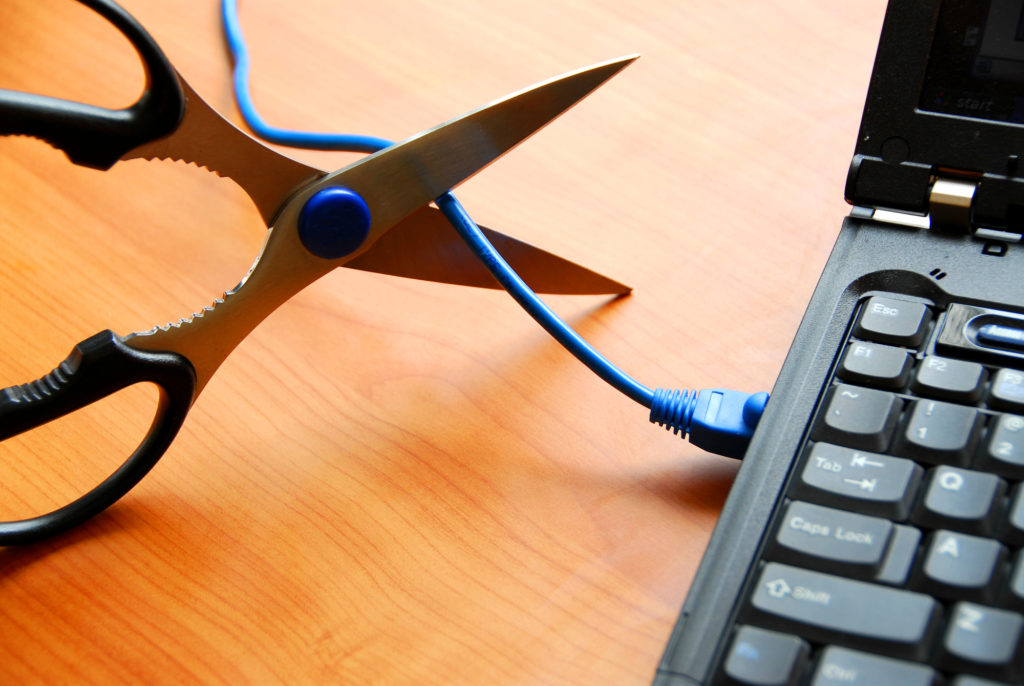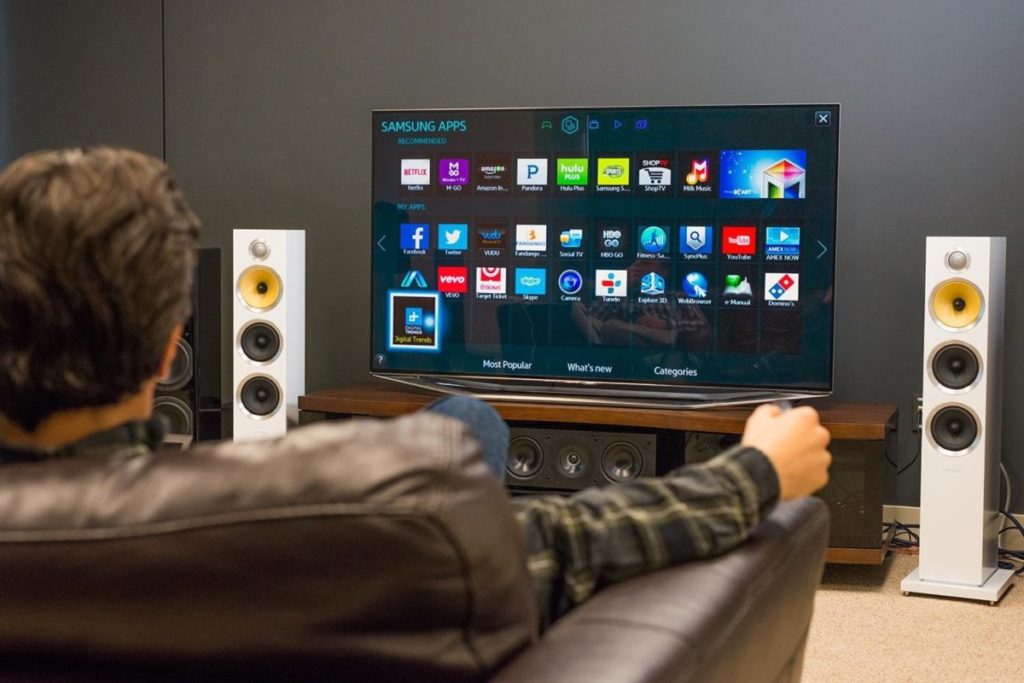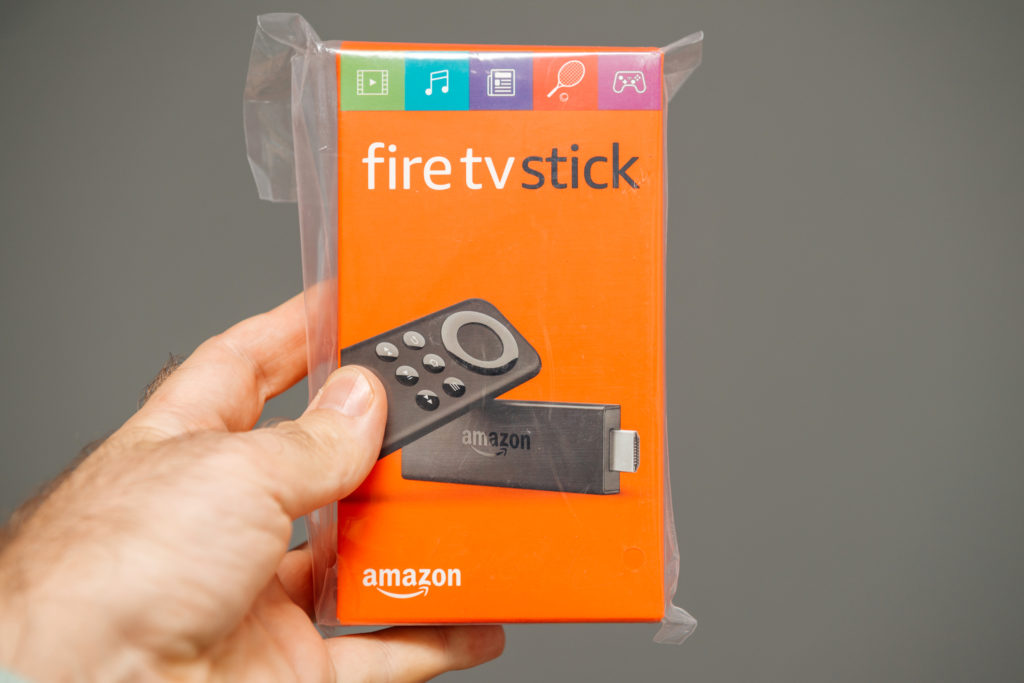Most of us geeks or average PC users would love to get our hands on those fancy wide and sleek OLED computer monitors to enjoy gaming, movies, calls, and much more.
Ultimately, there is only so much that a person’s pocket and house fit.
How to connect your computer to the TV wirelessly? Enable wireless connectivity on your TV through the settings, enable wireless display settings on your PC. Choose the Display tab and click “Connect to a wireless display.” Select your smart TV from the device list.
If you are looking to make the most out of your big TV screen or connect your PC to your TV for any other reason, this article is all you need.
As you continue reading, you will learn to connect your computer to your television using different methods conveniently.
How Do I Wirelessly Connect My Computer To My TV?
To establish a wireless connection between your computer and TV, you will need to have a TV, PC, and an operating system on your PC that supports a wireless connection between devices.
To wirelessly connect Windows PC to a TV: Your TV should support software called Miracast, which almost all modern TVs manufactured in 2019 and onwards do.
If your TV doesn’t support this function for some reason, you can always use streaming sticks.
Chromecast devices and Roku streamers are some of the most popular and reliable devices out there.
Plug these devices into your TV’s HDMI or VGA port to enable wireless connectivity on your TV.
To wirelessly connect Apple PC to a TV: You will need a device that supports AirPlay, which is Apple TV/Apple TV4K, Vizio, Sony, Samsung TVs manufactured in 2019 and onwards.
It is best to check your particular TV model before establishing the wireless connection.
To wirelessly connect your PC: As for your computer, you will need an operating system of Windows 8 or newer.
Make sure your PC’s network adapters have updated drivers to avoid any problem.
Here is how to connect your computer to your TV wirelessly:
- First, enable wireless connectivity on your television, through the settings. To this, you will need to access the settings page and turn on the wireless option.
- Next, enable wireless display settings on your PC. For Windows, go to settings and select devices. Choose the “Display” tab and click on the “connect to wireless display” option. A pop-up should appear on the right-hand side of your PC screen. If you have your TV’s connection enabled adequately, you should see your device’s name in this pop-up. Select the “Connect” option here, and voila!
- You have wirelessly connected your computer to your television. Following this guide correctly should let you use your TV as a monitor for your computer.
How Do I Connect My Computer To The TV Without HDMI?
With HDMI out of service, you are essentially left with two options.
- The first option is to look for a wired substitute, such as VGA, USB-C, or a DisplayPort.
- The second option is to go wireless, using the powerful wireless capabilities of your devices.
We have discussed the wireless part in detail above. We shall now discuss the wired options here.
The first step is to find a physical replacement for an HDMI.
As mentioned earlier, you can opt for any out of the three options, namely: VGA, USB-C, and DisplayPort.
The wire you go for ultimately depends on the features of your devices.
VGA and DisplayPort are relatively standard in TVs and PCs these days.
We recommend going for a DisplayPort if either of the two devices supports it as it is known to offer better video quality.
The chances are that your PC and TV might support different wire ports.
For example, your TV might support the DisplayPort cable you have, while your PC only comes with a VGA port.
In such a case, we recommend purchasing a DisplayPort to VGA connector.
Connectors are widely accessible in local shops and online.
They also come in great variety, supporting different wired cables on either end.
Here is how to connect your computer to your TV without HDMI:
- Firstly, firmly connect your wire(VGA, USB-C, and DisplayPort) into the dedicated ports of your PC and TV.
- Next, change your television’s display settings to the TV port you use through the settings menu.
- Then, on your Windows PC, use the shortcut Windows Key + P to open the “Project” menu. Choose either one of “Duplicate,” “Extends,” or “Second screen only” to project your PC screen onto your TV. As for Mac computers, open the Apple menu and click on the “System Preferences” tab.
- Click on “Detect Displays” and choose your TV’s display to enable synchronization. Users can also change the display arrangement by using the “Arrangement” tab on the same window. Following this procedure should allow you to use your TV screen as a monitor for your PC.
How Do I Connect My Computer To The TV With HDMI?
This is going to be pretty easy and straightforward, since using an HDMI cable is not the most complicated thing in general.
Here is how to connect your computer to your TV with HDMI:
- Turn on your PC/laptop and your TV.
- Plug HDMI cable into both your PC’s and TV’s HDMI ports. Remember the HDMI input number it is being connected to.
- Press the Input button on your TV remote. Set the TV to the same HDMI Input port that the computer is connected to(usually HDMI1).
If your TV successfully detected your PC, you can stop here, if no, there is an extra step you need to take.
You will need to manually make your PC detect your TV.
- Right-click on any empty space on your desktop, then select Display Settings. All screens detected will be displayed here.
- If your computer does not show two displays connected(your PC and your TV displays), click the Detect button.
- Click Identify. After that, your PC should detect your TV’s display.
How Do I Connect My HDMI Port To My Computer?
The process is simple.
Connect a working HDMI cable to your PC and TV.
If either device does not have an HDMI port, purchase a suitable connector to establish the wired connection.
You can opt for either a VGA-to-HDMI connector or DisplayPort-to-HDMI connector, depending on your computer’s and television’s features.
Next, enable the display projection by configuring the settings on your PC.
We explained this process in simple terms towards the end of the section called “How do I connect my computer to my TV without HDMI?” in this article.
Refer to the instructions there to successfully connect your PC to your computer.
Conclusion
The capability to project your computer’s screen onto your bigger TV screen is an incredible feature to have at your disposal.
We hope this article was informative and simple enough to help you connect your PC to your TV with your own bare hands.

Hi there, technology lovers! My name is James, I am an admin and a frequent writer for this blog. I am a techno-geek, so this blog is the place where I want to share all my knowledge with you to make your life a little bit easier in terms of dealing with technology.



